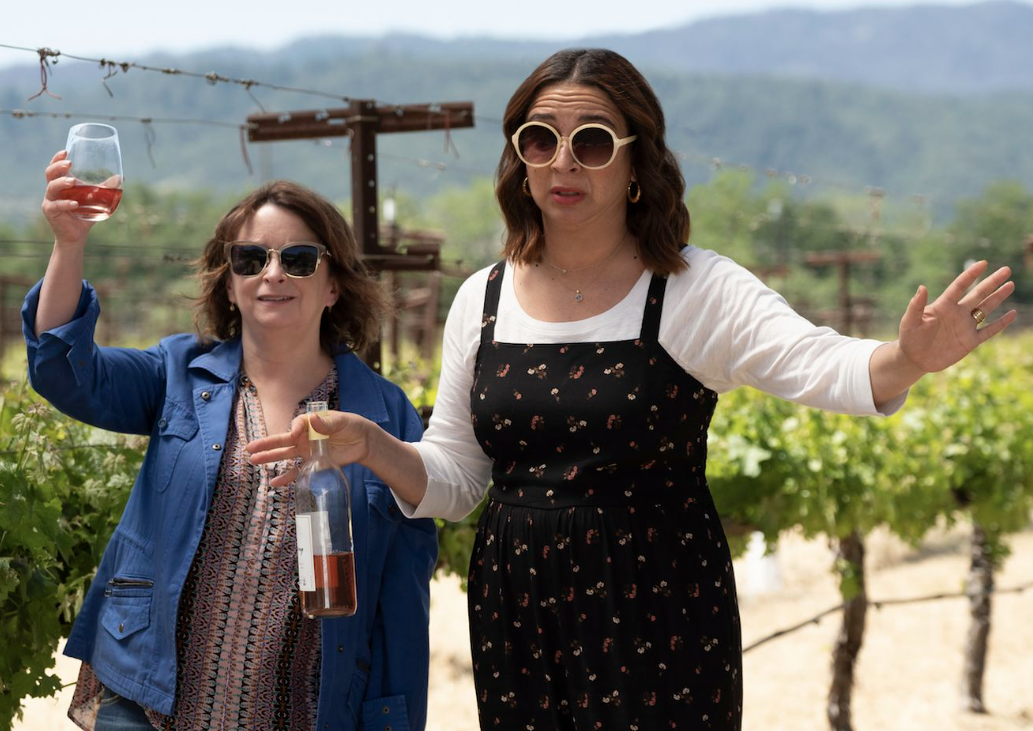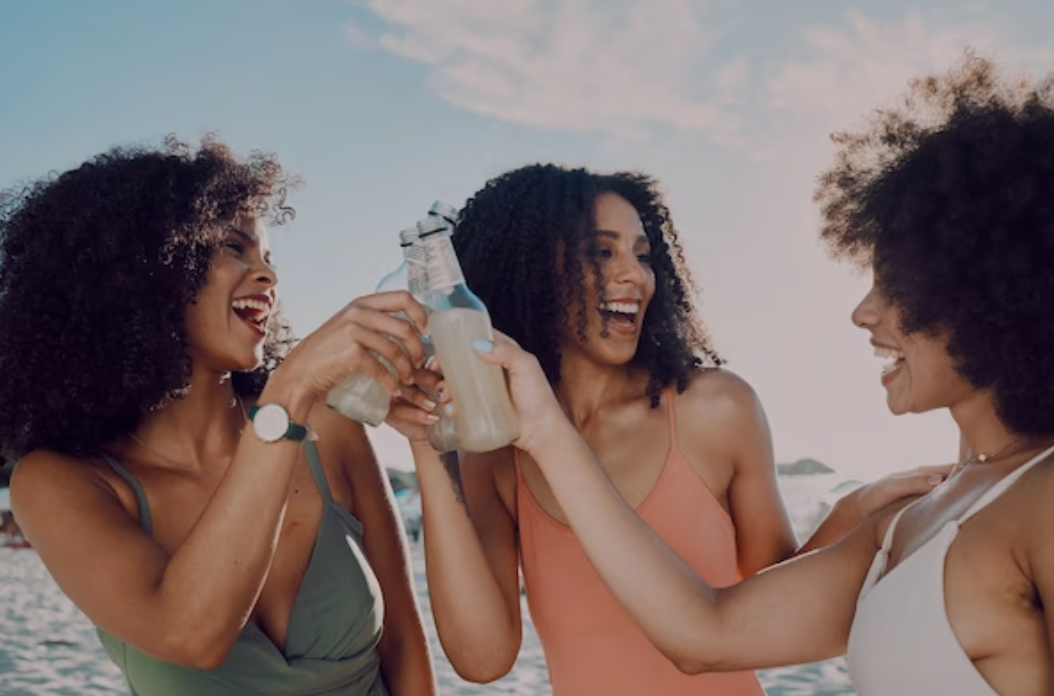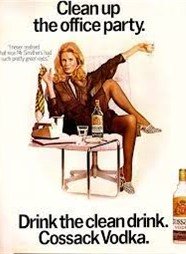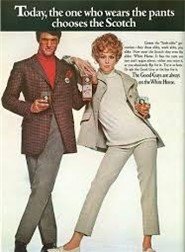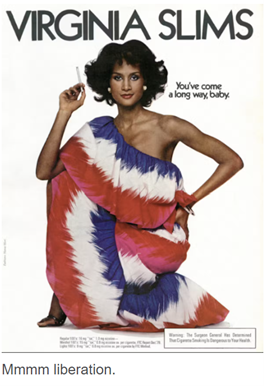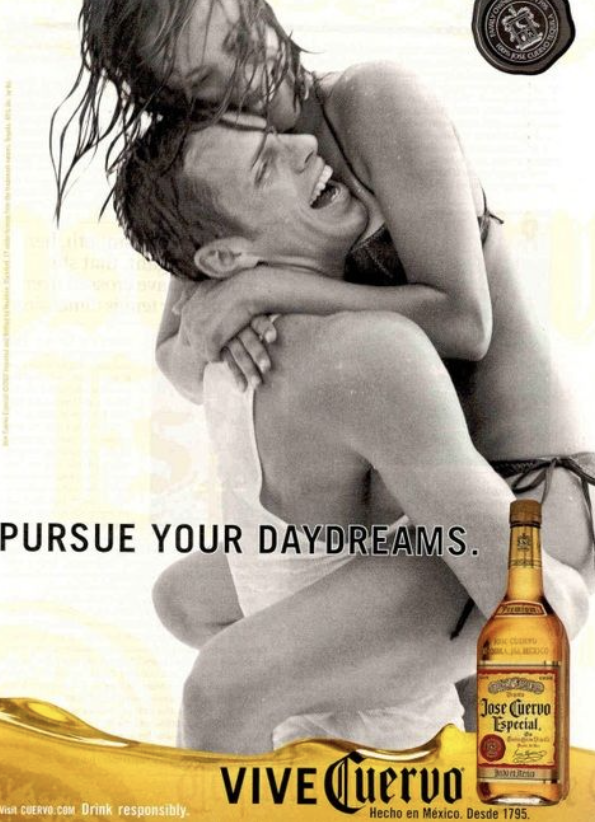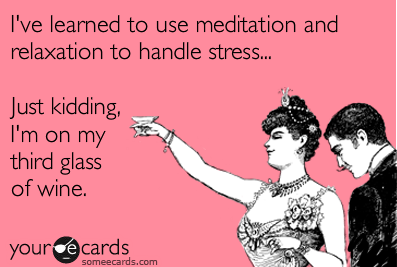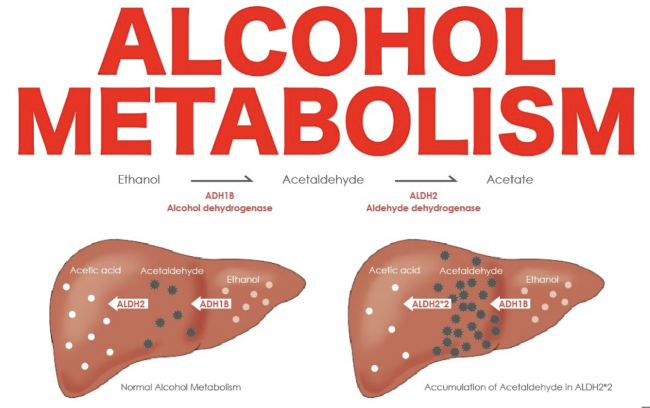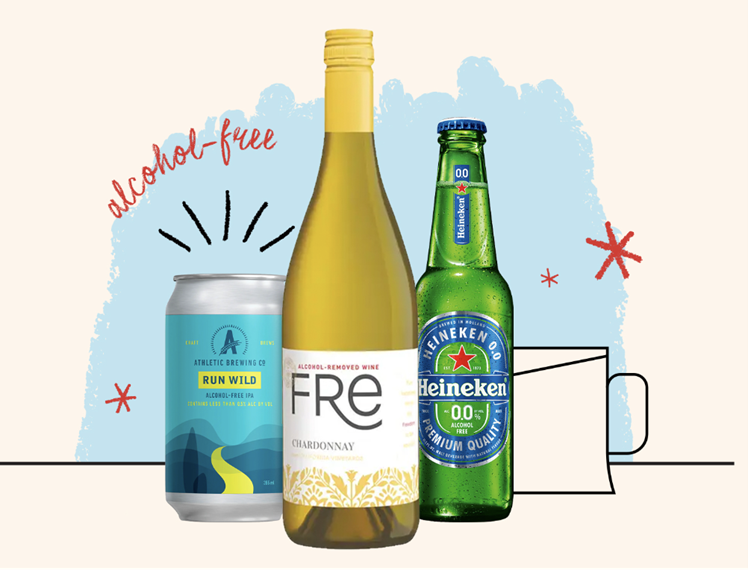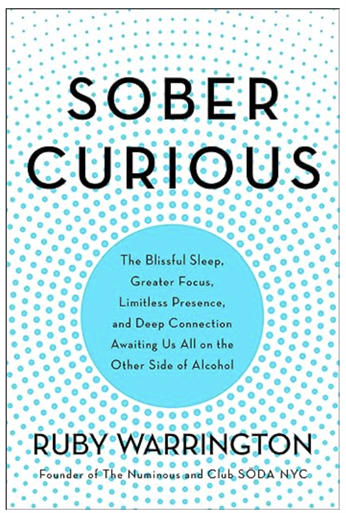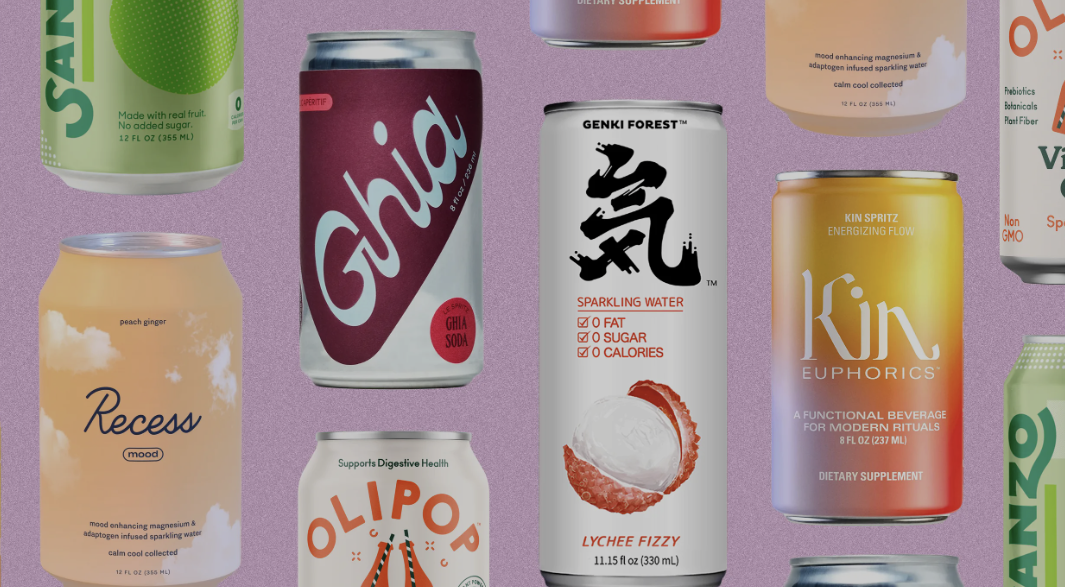Women & Alcohol
For most of history, men’s alcohol use outpaced women’s. According to the NDARC, men in the late 1800’s and early 1900’s were twice as likely to drink as their female companions. Consequently alcohol use disorders were considered a male issue. Nowadays women are drinking just as much if not more than their male counterparts (1). So how did we get here?
Prohibition
Because women had so little economic and political power in those late 1800’s, they were especially vulnerable to poverty and abuse. Pete Hamill’s memoir, A Drinking Life, describes this scenario well. In addition to the right to vote, the women’s temperance movement advocated for a ban on alcohol to mitigate domestic violence and restore financial solvency to the family. Eventually this effort emerged into the legally instituted, decade-long ban on alcohol we know as Prohibition.
Nine years later the Great Depression invoked a repeal of Prohibition in favor of the tax revenue legalized alcohol could generate (2,3).
Marketing to Woman
To understand what happened with women’s drinking over the next few decades, we turn to the tobacco industry. Big Tobacco became masters of marketing to women first by hiring Edward Bernays who was an American businessman and is known today as the father of public relations. He was praised for his profit increasing tactics which triggered changes in public opinion. Tasked with boosting tobacco sales, he taught Hollywood actors how to smoke cigarettes as a prop which successfully ushered in a new wave of users. Later Bernays prompted a feminine ideal of thinness with cigarettes as a mechanism to achieve this ideal (2,3).
“Girl in Red” advertisement for Lucky Strike; shot by Nickolas Muray, a photographer enlisted by Bernays to help popularize feminine thinness and smoking.
Bernay’s later coined the term “Torches of Freedom” to encourage women to smoke as a symbol of emancipation and an act of challenging social taboos. He then hired women to smoke while marching in an Easter Parade, to display the manufactured association between women’s liberation and smoking (4).
With women now smoking, cigarette marketing expanded from there. The product Virginia Slims was one of the first attempts to exclusively target the female consumer with a cigarette custom fit to a woman's hand and sensibility. The slogan “You’ve come a long way baby” latched onto the women’s liberation movement and exploited women’s desire for a better life. Men’s use peaked in the 1960’s, while women’s use continued to climb. The same pattern is observed in women’s drinking trends as women became marketing targets in the late 1990’s.
“As women’s place in society rose, so did their consumption and ‘70’s feminists ushered in a new spirit of equal opportunity drinking.”
Sex and the City
Big Alcohol rode in on the coattails of the tobacco industry and used the same tactics to appeal to women’s thirst for equality and independence. Pink drinks, colorful labels, overpowering fruit flavors, and fewer calories are a few ways that the alcohol industry sought to reach women by capitalizing on gender stereotypes. Similar to Virginia Slims, drinks like the Cosmopolitan appealed to women through visual appeal, taste, and a fabricated sense of sophistication.
Mixed Messages: First, the alcohol industry used and objectified women’s bodies to sell alcohol to men. In an ironic twist, they later latched onto women’s liberation to sell their product to women (7,8).
Social Media
The advent of social media made things even easier for Big Alcohol as algorithms specifically targeted individual demographics. Us social media users also became their advertisers by spreading trends like “Rose All Day.” Concepts like 'Wine o’clock’ gave us permission to drink when we felt like it and linked alcohol to a method for navigating daily life stress. Culturally, alcohol (and especially wine) became a symbol of stressed-out women and moms with memes featuring “Mommy juice” and onesies featuring messages like “I’m the reason my mommy drinks.”
Sadly, these common marketing messages exploit women’s desire for friendship, relaxation, and empowerment. Having a glass of wine has become a way that women and moms feel like they are taking care of themselves (5,6).
As Sarah Hepola put it in her drinking memoir Blackout, “Wine and confession. Wine and sisterhood. Wine had become our social glue, the mechanism of our bonding. We needed the wine to shut out the jackhammers of our own perfectionism and unlock the secrets we kept within” (5).
Women’s Use is Equal But Their Health Risk is Worse
Slowly but steadily, women’s drinking caught up to men. Between 2002 and 2012, the rates of alcohol addiction among women rose by an astonishing 84%. From 2007 to 2017, alcohol-related deaths among women rose 67%, as opposed to 29% among men. The rates of both men’s and women’s use of alcohol increased over the pandemic, with women’s use of alcohol increasing by 40-50% compared to men’s 30% increase (9,10).
I recall certain women I knew in college (circa 2001-2004) who considered it a badge of honor to “keep up with the boys,” to match or outpace their male counterpart’s drinking. Unfortunately, studies show that women start to have alcohol-related problems sooner and at lower consumption rates than men. Alcohol misuse produces brain damage more quickly in women than in men and the death rates of women struggling with alcohol use disorder are 50-100% higher than men (11).
The reasons for increased morbidity and mortality appear to be attributable to biological differences in how women process alcohol. Women tend to have lower total body water content which means that blood alcohol levels may be up to 30% higher in women than in men. Furthermore, the first stage of alcohol metabolism is slowed in women resulting in more alcohol being absorbed into the bloodstream and greater generation of liver-toxic products like acetaldehyde. Thus, imbibing increases the vulnerability of women to the risk of alcohol-related illnesses such as liver disease (11).
We can’t talk about negative consequences of alcohol use without broaching the subject of sexual assault. Conservative estimates of sexual assault prevalence suggest that 25 percent of American women have experienced sexual assault, including rape. Approximately one-half of those cases involve alcohol consumption by the perpetrator, victim, or both. Alcohol contributes to sexual assault through multiple pathways, often exacerbating existing risk factors such as increases in sexual and aggressive behavior in perpetrators and impaired cognitive and motor skills in victims (12,13). Unfortunately, alcohol empowers perpetrators by increasing impulsivity and decreasing access to high-level thinking areas that include self-awareness, inhibition, and empathy. Victims of sexual assault, whether they used alcohol or not, are never to be blamed for the outcome of rape or the actions of their perpetrator.
Will Alcohol Go the Way of Cigarettes?
Similar to tobacco, the alcohol industry interferes with public health policy by creating skepticism about scientific evidence, sponsoring their own “studies” and pressuring decision makers from regulating Big Alcohol. It’s clear that Big Alcohol operates to prioritize their profits while ignoring morbidity and thousands of annual deaths. Sadly, this has enabled a culture where “moderate” drinking is normal and believed to be harmless. Certain companies have even launched marketing around products that makes them appear to be part of a healthy lifestyle like Miller Lite, Michelob Ultra, and Corona Premier.
Culturally, we’re mixed up. In many people’s experience alcohol helps them relax and have fun. It is known as a potent and immediate way to escape tension and numb emotional discomfort. By legalizing and marketing alcohol freely, making it available everywhere, and obscuring the health risks, it seems abnormal to not drink.
We’ve even been told by alcohol marketing that we need alcohol to relax, bond, and have fun. We’ve been told by TV and Netflix series that alcohol is a legitimate way to cope with emotional pain. In delivering this message, Big Alcohol has skillfully obscured the truth that alcohol is a dependence-producing carcinogen. The harsh truth is that today, if a new drug came on the market that was as toxic and created as many problems and deaths as alcohol, it would likely be prohibited.
“There was a time when the tobacco industry seemed politically invincible, but when enough deaths and destruction mount up, things can change. And we are losing an awful lot of people to alcohol.”
What we’ve learned from the past is that legislatively banning a substance doesn’t work. The legal route made people seek it out in discrete ways which made the booze less regulated and criminal enterprise more powerful. In order to protect people, including teens and young adults from initiating drinking habits, we need a cultural shift. And some would say it is already in motion, with the Sober Curious movement. Alcohol free beverages are more ubiquitous than ever before and younger generations are imbibing less, at least in part due to increased awareness of the health risks. Gen Z is drinking 20% less than millennials and 52% of young adults see moderate drinking as unhealthy, an 18% increase from five years ago according to current estimates from Gallup (15). The rate of college-age drinking is still troubling (16), but the amount of college-age adults abstaining has risen 8% in the last two decades (17,18).
Young people “are actually learning that alcohol is toxic to humans,” said Charles Smith, an addiction specialist at the American Addiction Centers Recovery First Treatment Center in Hollywood, Fla. (17).
Holly Whitaker, author of Quit Like A Woman, discusses how her own behavior change “hinged on the realization that we, as a society, had been duped into believing that alcohol was both socially necessary and biologically normal, even healthful” (4). She posits that alcohol will face its own cigarette moment, a shift in our collective beliefs “and a rejection of it by mainstream culture, seen as something we used to do” once we acknowledge its harmful effects.
Gut Check
So, where does this leave you and what are you to do with this information? Consider these prompts for reflection:
As a woman, what are your thoughts, beliefs, and experiences with alcohol?
Were you aware of the differential effects of alcohol on women versus men?
How does knowing this influence your decision making about future alcohol use?
Where does health and wellbeing factor into your value system?
Resources
Read more:
Link to Part I: The Truth About Alcohol and Part II: How Alcohol Impacts the Body and Brain.
Podcasts:
Huberman Lab, Understanding Addiction: Watch Listen
Sober Powered “I’m an educator for people wanting to understand their experience with alcohol. I use my biochemistry background and lived experience to help you understand why alcohol affects you the way that it does and why it’s hard to change the way you drink,” Gill Tietz
Hello Someday for Sober Curious Women “For me, it started with a glass of wine, and then it became the bottle,” Casey McGuire Davidson
Recovery Happy Hour: “In 2016 I was obsessed with what I might miss out on if I quit drinking. At 4 years alcohol-free now, I wish I could go back and show her this video to explain that this — your life— is what you’re missing,” Tricia
Recovery Elevator: “It isn’t ‘no’ to alcohol, its a ‘yes’ to a better life,” Paul Churchill
Treatment:
I want help reducing or eliminating my alcohol use: SAMHSA National Helpline
References:
1. Sarah Boseley, “Women Now Drink as Much Alcohol as Men, Global Study Finds,” The Guardian, October, 2016. https://www.theguardian.com/society/2016/oct/24/women-drink-alcohol-men-global-study.
2. Stuart Webster, “Oversimplified: Prohibition,” YouTube Video, 33 minutes run time, December 15, 2020, https://www.youtube.com/watch?v=AAGIi62-sAU.
3. “Suffrage in 60 Seconds,” National Park Service, Suffrage in 60 Seconds: Temperance (U.S. National Park Service) (nps.gov).
4. Holly Whitaker. Quit Like a Woman, The Radical Choice to Not Drink in a Culture Obsessed with Alcohol (New York, The Dial Press, 2021), 43-66.
5. Sarah Hepola. Blackout (New York, Grand Central Publishing), June 13, 2015.
6. Leandra Stewart. Alcohol Update: The Sober Curious Movement, Why Alcohol Use is a Feminist Issue & Self-Help Beyond AA, (Seattle, 2022).
7. Stacey Hust et al., “Objectification of Women in Alcohol Ads and Intention to Intervene in Sexual Assaults,” Science Digest: Movendi International, May 1, 2019. https://movendi.ngo/science-digest/objectification-of-women-in-alcohol-ads-and-intention-to-intervene-in-sexual-assaults
8. “How Alcohol Companies Are Using International Women’s Day to Sell More Drinks to Women,” The Conversation, March 7, 2019, https://theconversation.com/how-alcohol-companies-are-using-international-womens-day-to-sell-more-drinks-to-women-113081
9. Aaron White, et al., “Converging Patterns of Alcohol Use and Related Outcomes Among Females and Males in the US, 2002 to 2012,” Alcoholism, Clinical, and Experimental Research by Pubmed, September 2015.
10. Sugarman & Greenfield, “Women, Alcohol, and COVID-19,” Harvard Health Publishing. April 6, 2021, Women, alcohol, and COVID-19 - Harvard Health.
https://www.ncbi.nlm.nih.gov/pmc/articles/PMC9897121/
11. “Alcohol’s Effects on Health: Women and Alcohol,” National Institute on Abuse and Alcoholism, accessed September 28, 2023, Women and Alcohol | National Institute on Alcohol Abuse and Alcoholism (NIAAA) (nih.gov).
12. Abbey A. (2002). Alcohol-related sexual assault: a common problem among college students. Journal of studies on alcohol. Supplement, (14), 118–128. https://doi.org/10.15288/jsas.2002.s14.118
13. Abbey, A., Zawacki, T., Buck, P., Clinton, M., & McAuslan, P. (2001). Alcohol and Sexual Assault. Alcohol Research & Health, 25, 43 – 51
14. Kristen Weir, “More People in the US Die of Alcohol-Related Causes Than From Opioids and Other Drugs,” APA Monitor, June 2023, More people in the U.S. die of alcohol-related causes than from opioids and other drugs. Psychologists are working to change that (apa.org).
15. Lydia Saad, “Young Adults in US Drinking Less Than in Prior Decades,” Gallup, August 22, 2023, https://news.gallup.com/poll/509690/young-adults-drinking-less-prior-decades.aspx.
16. College Drinking – Facts for Parents, College Drinking: Changing the Culture, NIAAA, accessed October 10, 2023, https://www.collegedrinkingprevention.gov/parents-students/parents/factsforparents.
17. Alejandra O’Connell-Domenech, “Why is Gen Z Drinking Less?” Changing America, The Hill, April 6, 2023, https://thehill.com/changing-america/well-being/3936579-why-is-gen-z-drinking-less/.
18. Clara Ludmir, “Why Gen Z is Drinking Less and What This Means for the Alcohol Industry,” Forbes, June 7, 2023, https://www.forbes.com/sites/claraludmir/2023/06/27/why-genz-is-drinking-less-and-what-this-means-for-the-alcohol-industry/?sh=5bc255bf48d1.

